Revolutionizing Logistics: The Blockchain Imperative
Abstract: This post explores how blockchain technology is revolutionizing the logistics industry, enhancing transparency, efficiency, and reliability. We delve into blockchain’s background and context, core concepts, and real-world applications in logistics. We also examine challenges, limitations, and future innovations, drawing on examples such as Maersk and IBM's TradeLens and FedEx’s Blockchain Initiative. In addition, we highlight further resources on blockchain fundamentals, including What is Blockchain and Types of Blockchains. This comprehensive guide is designed for both tech enthusiasts and industry professionals seeking insight into the transformative potential of blockchain in logistics. Introduction Blockchain has emerged as a groundbreaking technology that is reshaping traditional industries. The logistics sector, with its complexity and global scale, stands to gain immensely from blockchain’s promise of transparency, security, and efficiency. In this post, we explore how blockchain is revolutionizing logistics through enhanced data integrity and streamlined operations. We discuss the origins of blockchain, its core components, and its transformative application in global shipping, dispute resolution, and provenance tracking—especially in the food supply chain. Our discussion focuses on real-world examples, technical challenges, and the future trends that are likely to further consolidate blockchain’s role in logistics. Background and Context Blockchain technology was first popularized as the foundation of Bitcoin. It has since evolved from a niche digital currency platform into a versatile tool with vast applications in various industries, including logistics. Blockchain uses a decentralized ledger system that is immutable and transparent, ensuring all transactions are securely recorded across a network of computers. Key Definitions and Concepts Blockchain: A decentralized database that records transactions across many computers in a way that prevents alteration. Smart Contracts: Self-executing contracts with the terms directly written into code, which automate processes in logistics. TradeLens: A blockchain-based shipping solution developed by Maersk and IBM that aims to improve transparency and efficiency in global trade. For a broader insight, readers may refer to What is Blockchain and Types of Blockchains for foundational learning. The Ecosystem in Logistics Prior to blockchain, logistics operations were hindered by siloed data systems, limited transparency, and complex dispute resolution processes. Major players in the industry like Maersk, IBM, and FedEx have recognized these issues and are pioneering blockchain solutions: Maersk and IBM's TradeLens: Streamlining global shipping by ensuring secure, real-time tracking of cargo. FedEx’s Blockchain Initiative: Addressing dispute resolution and enhancing transparency in shipping data. Walmart’s Collaboration with IBM: Improving food provenance tracking to ensure food safety. These examples illustrate how blockchain is creating a more connected and trustworthy logistics network. Core Concepts and Features Blockchain technology is characterized by several core features that extend its capabilities in logistics: 1. Decentralization and Security Decentralized Ledger: A single source of truth accessible to all network participants increases accountability. Immutability: Once recorded, data cannot be altered, ensuring the integrity of logistics records. Enhanced Security: Encryption and consensus mechanisms protect sensitive shipping and supply chain data. 2. Transparency and Traceability Real-Time Tracking: Blockchain allows for instantaneous updates of shipment status. Auditable Records: All transactions are timestamped, making the audit process simpler and more reliable. Food Safety: Initiatives like Walmart’s blockchain-backed traceability system provide detailed information about food origins to ensure safety. 3. Smart Contracts and Automation Automated Processes: Smart contracts can automatically trigger payments or shipment confirmations once conditions are met. Cost Efficiency: Reduces administrative overhead by automating verification processes. Dispute Resolution: Firms like FedEx are experimenting with blockchain to resolve disputes swiftly by relying on transparent and verifiable data. A brief table summarizes these core features: Feature Description Benefits in Logistics Decentralization Distributed ledger shared among all participants Increased transparency and accountability Immutability Data cannot be altered once recorded Ensures data integrity and trust Smart Contracts Self-executing contracts with built-in rules and automation Streamlined operations and reduced administrative costs Real-Time Tracking Instantaneous updates on shipment status and location Enhanced operational efficie
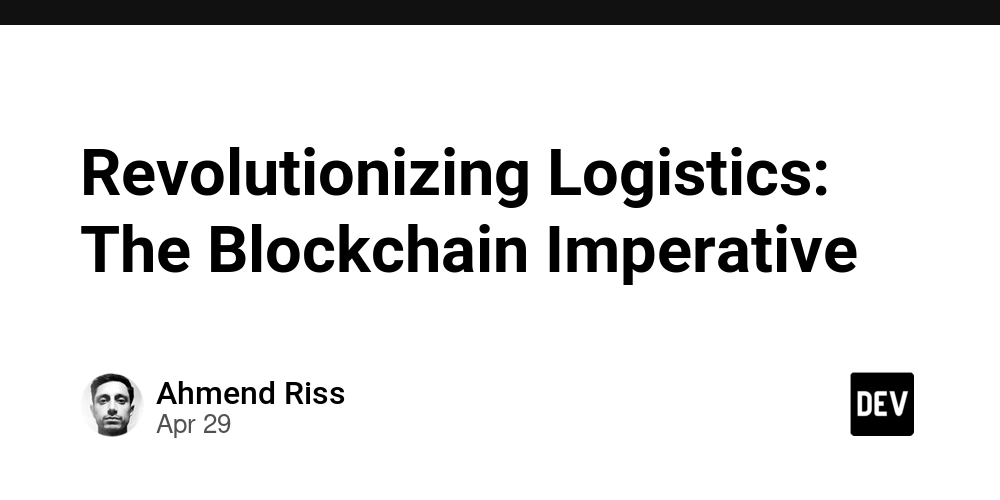
Abstract:
This post explores how blockchain technology is revolutionizing the logistics industry, enhancing transparency, efficiency, and reliability. We delve into blockchain’s background and context, core concepts, and real-world applications in logistics. We also examine challenges, limitations, and future innovations, drawing on examples such as Maersk and IBM's TradeLens and FedEx’s Blockchain Initiative. In addition, we highlight further resources on blockchain fundamentals, including What is Blockchain and Types of Blockchains. This comprehensive guide is designed for both tech enthusiasts and industry professionals seeking insight into the transformative potential of blockchain in logistics.
Introduction
Blockchain has emerged as a groundbreaking technology that is reshaping traditional industries. The logistics sector, with its complexity and global scale, stands to gain immensely from blockchain’s promise of transparency, security, and efficiency. In this post, we explore how blockchain is revolutionizing logistics through enhanced data integrity and streamlined operations. We discuss the origins of blockchain, its core components, and its transformative application in global shipping, dispute resolution, and provenance tracking—especially in the food supply chain. Our discussion focuses on real-world examples, technical challenges, and the future trends that are likely to further consolidate blockchain’s role in logistics.
Background and Context
Blockchain technology was first popularized as the foundation of Bitcoin. It has since evolved from a niche digital currency platform into a versatile tool with vast applications in various industries, including logistics. Blockchain uses a decentralized ledger system that is immutable and transparent, ensuring all transactions are securely recorded across a network of computers.
Key Definitions and Concepts
- Blockchain: A decentralized database that records transactions across many computers in a way that prevents alteration.
- Smart Contracts: Self-executing contracts with the terms directly written into code, which automate processes in logistics.
- TradeLens: A blockchain-based shipping solution developed by Maersk and IBM that aims to improve transparency and efficiency in global trade.
For a broader insight, readers may refer to What is Blockchain and Types of Blockchains for foundational learning.
The Ecosystem in Logistics
Prior to blockchain, logistics operations were hindered by siloed data systems, limited transparency, and complex dispute resolution processes. Major players in the industry like Maersk, IBM, and FedEx have recognized these issues and are pioneering blockchain solutions:
- Maersk and IBM's TradeLens: Streamlining global shipping by ensuring secure, real-time tracking of cargo.
- FedEx’s Blockchain Initiative: Addressing dispute resolution and enhancing transparency in shipping data.
- Walmart’s Collaboration with IBM: Improving food provenance tracking to ensure food safety.
These examples illustrate how blockchain is creating a more connected and trustworthy logistics network.
Core Concepts and Features
Blockchain technology is characterized by several core features that extend its capabilities in logistics:
1. Decentralization and Security
- Decentralized Ledger: A single source of truth accessible to all network participants increases accountability.
- Immutability: Once recorded, data cannot be altered, ensuring the integrity of logistics records.
- Enhanced Security: Encryption and consensus mechanisms protect sensitive shipping and supply chain data.
2. Transparency and Traceability
- Real-Time Tracking: Blockchain allows for instantaneous updates of shipment status.
- Auditable Records: All transactions are timestamped, making the audit process simpler and more reliable.
- Food Safety: Initiatives like Walmart’s blockchain-backed traceability system provide detailed information about food origins to ensure safety.
3. Smart Contracts and Automation
- Automated Processes: Smart contracts can automatically trigger payments or shipment confirmations once conditions are met.
- Cost Efficiency: Reduces administrative overhead by automating verification processes.
- Dispute Resolution: Firms like FedEx are experimenting with blockchain to resolve disputes swiftly by relying on transparent and verifiable data.
A brief table summarizes these core features:
| Feature | Description | Benefits in Logistics |
|---|---|---|
| Decentralization | Distributed ledger shared among all participants | Increased transparency and accountability |
| Immutability | Data cannot be altered once recorded | Ensures data integrity and trust |
| Smart Contracts | Self-executing contracts with built-in rules and automation | Streamlined operations and reduced administrative costs |
| Real-Time Tracking | Instantaneous updates on shipment status and location | Enhanced operational efficiency and customer satisfaction |
Note: The above table elucidates the integral components of blockchain that impact logistics processes.
Applications and Use Cases
Blockchain’s transformative potential in logistics can be seen in a few practical applications:
Global Shipping and Trade
The collaboration between Maersk and IBM on the TradeLens platform has redefined how global shipping operations are monitored. Key benefits include:
- Streamlined Documentation: Real-time sharing of shipping documents reduces paperwork and administrative delays.
- Enhanced Data Sharing: Participants in the shipping network can access the same datasets in real-time.
- Dispute Prevention: Transparent records reduce conflicts among maritime stakeholders.
Dispute Resolution in Logistics
FedEx’s blockchain initiative illustrates how the technology can facilitate smoother dispute resolution:
- Transparent Data Exchange: All parties have access to a single, immutable ledger so inconsistencies are resolved faster.
- Automated Claims: Smart contracts can automate the claims process, ensuring timely and fair compensation.
- Efficiency Gains: Faster resolution times lead to improved customer satisfaction and trust in logistics services.
Food Provenance and Safety
Blockchain has been successfully applied to track the origin of food items. For example:
- Walmart and IBM Collaboration: Enhances food safety by providing traceability from farm to shelf.
- Consumer Confidence: Shoppers can verify the origin and handling of products.
- Regulatory Compliance: Simplifies auditing processes for regulatory bodies ensuring compliance with food safety standards.
A bullet list of benefits of blockchain in supply chain management includes:
- Increased Transparency: Every stakeholder can monitor the movement of goods.
- Improved Security: The decentralized nature of blockchain protects against fraud.
- Reduced Costs: Minimizes delays, administrative overhead, and human error.
- Faster Dispute Resolution: Smart contracts automate dispute resolution processes.
Challenges and Limitations
While the potential is immense, there are challenges to widespread blockchain adoption in logistics:
Technical Challenges
- Scalability: Handling the immense volume of shipping data on blockchain networks can be a hurdle.
- Integration: Legacy systems in logistics must be re-engineered to integrate blockchain technology.
- Interoperability: Multiple blockchain platforms need to communicate effectively, necessitating industry-wide standards.
Adoption Barriers
- Regulatory Uncertainty: Governments and regulatory bodies are still catching up with blockchain innovations.
- High Initial Investment: Upgrading infrastructure to incorporate blockchain can be costly.
- Cultural Shift: Organizations often face resistance to change, and blockchain requires a fundamental shift in process management.
Security Concerns
- Cybersecurity Risks: Although blockchain is secure, endpoints of the system (such as user interfaces) may still be vulnerable to attacks.
- Data Privacy: In a transparent system, protecting personally identifiable information (PII) while maintaining transparency presents challenges.
Research on these challenges can be further explored via articles like Sustainable Blockchain Practices which discuss balancing innovation with responsible adoption.
Future Outlook and Innovations
The future of blockchain in logistics is promising, with many trends and innovations on the horizon:
1. Enhanced Interoperability
Efforts to improve interoperability could lead to universal standards that allow different blockchain networks to seamlessly connect. This would further reduce friction in global trade, as highlighted by discussions on Blockchain and Open Source Software Synergies.
2. Integration with IoT
Blockchain combined with IoT (Internet of Things) devices can revolutionize logistics by providing real-time data from sensors tracking cargo conditions. These integrations can assist in tracking temperature-sensitive goods such as food and pharmaceuticals.
3. Adoption of Hybrid Models
The blend of permissioned and permissionless blockchains is gaining traction. Hybrid models offer the best of both worlds by providing enhanced control for organizations along with the trust inherent in decentralized systems.
4. Regulatory Clarity and Global Standards
Increased collaboration among governments, industry leaders, and technology innovators is likely to result in clearer regulations that pave the way for broader adoption of blockchain in logistics. Such changes promise enhanced stability and security for end users.
5. Ecosystem Innovations on Arbitrum
The Arbitrum network, noted for its scalability and ease of integration with Ethereum, has been a popular choice among blockchain projects. For instance, projects like Arbitrum and Blockchain Interoperability are exploring solutions that could complement logistics platforms, ensuring faster transactions and reduced gas fees. Insights from community discussions on platforms like dev.to further echo these advantages.
A summary table of future trends includes:
| Trend/Innovation | Impact on Logistics |
|---|---|
| Enhanced Interoperability | Seamless integration across blockchain platforms; increased efficiency and data reliability |
| IoT Integration | Real-time tracking of cargo conditions; improved monitoring of perishable goods |
| Hybrid Blockchain Models | Combines transparency with controlled access; adaptable to various logistics requirements |
| Regulatory Clarity | Enhances trust and promotes wider industry adoption |
| Advancements on Arbitrum | Faster, cost-effective transactions integrated with existing supply chain platforms |
These innovations suggest a future where blockchain is an indispensable tool for logistics, facilitating a new era of digitized, interconnected supply chains.
Summary
Blockchain technology is rapidly transforming logistics by providing a secure, transparent, and efficient framework for globally distributed supply chains. From TradeLens to FedEx’s blockchain initiatives, the real-world applications are numerous and impactful. As we have discussed, blockchain:
- Enhances transparency and traceability.
- Automates processes with smart contracts.
- Improves dispute resolution and food provenance tracking.
- Faces challenges such as scalability and integration hurdles.
- Holds promising potential through IoT integration, interoperability enhancements, and emerging hybrid models.
By adopting blockchain, companies not only streamline operations but also foster trust and accountability in a traditionally opaque industry. For those seeking to learn more, the in-depth insights offered by articles like What is Blockchain and Types of Blockchains are invaluable.
Additional resources such as Open Source Software and Blockchain Synergies and Sustainable Blockchain Practices provide broader context on how blockchain can integrate with open source frameworks and sustainability practices, solidifying its role in the future of technology.
For further reading, check out related discussions on platforms like dev.to and Deutsche Bank’s Open Source Revolution where experts debate and explore the convergence of blockchain with open source licensing and financial technology.
In conclusion, blockchain is setting the stage for a revolution in logistics—a technological imperative that bridges the gap between reliable, transparent data management and the global need for efficient supply chains. As we advance, overcoming the current challenges will only pave the way for more innovative and sustainable solutions in the logistics landscape.
Embracing blockchain is not just a trend; it is an evolution towards a digital future where every shipment, every contract, and every transaction is securely recorded and unquestionably transparent.
By staying informed and leveraging cutting-edge solutions, businesses can ensure they are not left behind in what is arguably one of the most significant technological shifts of our time.
Happy reading and keep innovating!




































































































































































![[The AI Show Episode 145]: OpenAI Releases o3 and o4-mini, AI Is Causing “Quiet Layoffs,” Executive Order on Youth AI Education & GPT-4o’s Controversial Update](https://www.marketingaiinstitute.com/hubfs/ep%20145%20cover.png)














































































































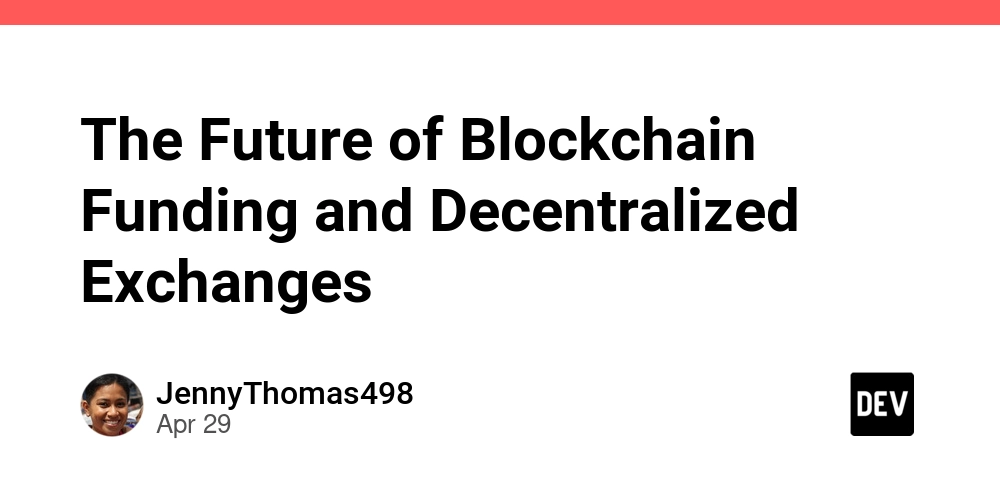
































































































































.png?width=1920&height=1920&fit=bounds&quality=70&format=jpg&auto=webp#)























_Vladimir_Stanisic_Alamy.jpg?width=1280&auto=webp&quality=80&disable=upscale#)








































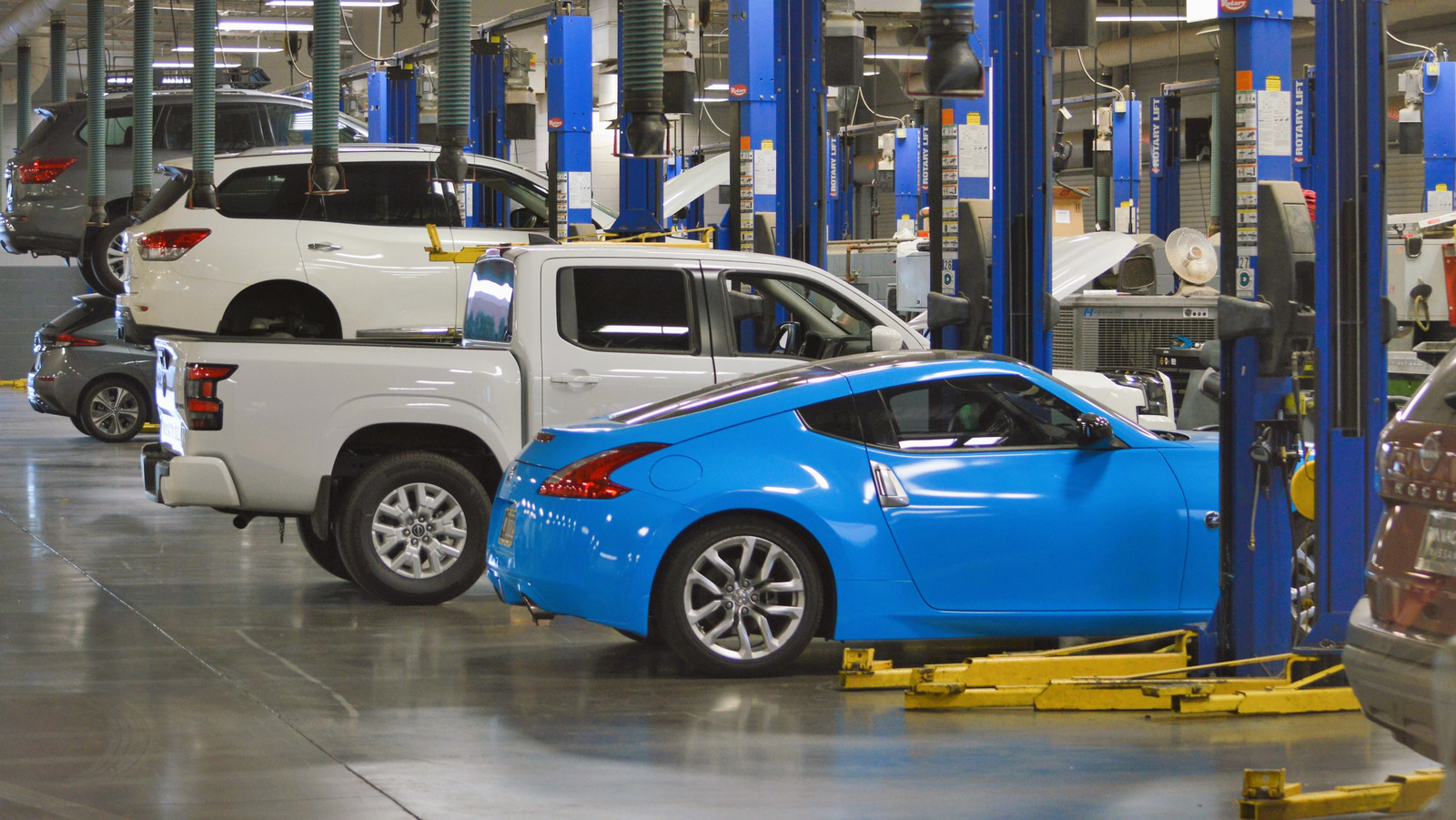


































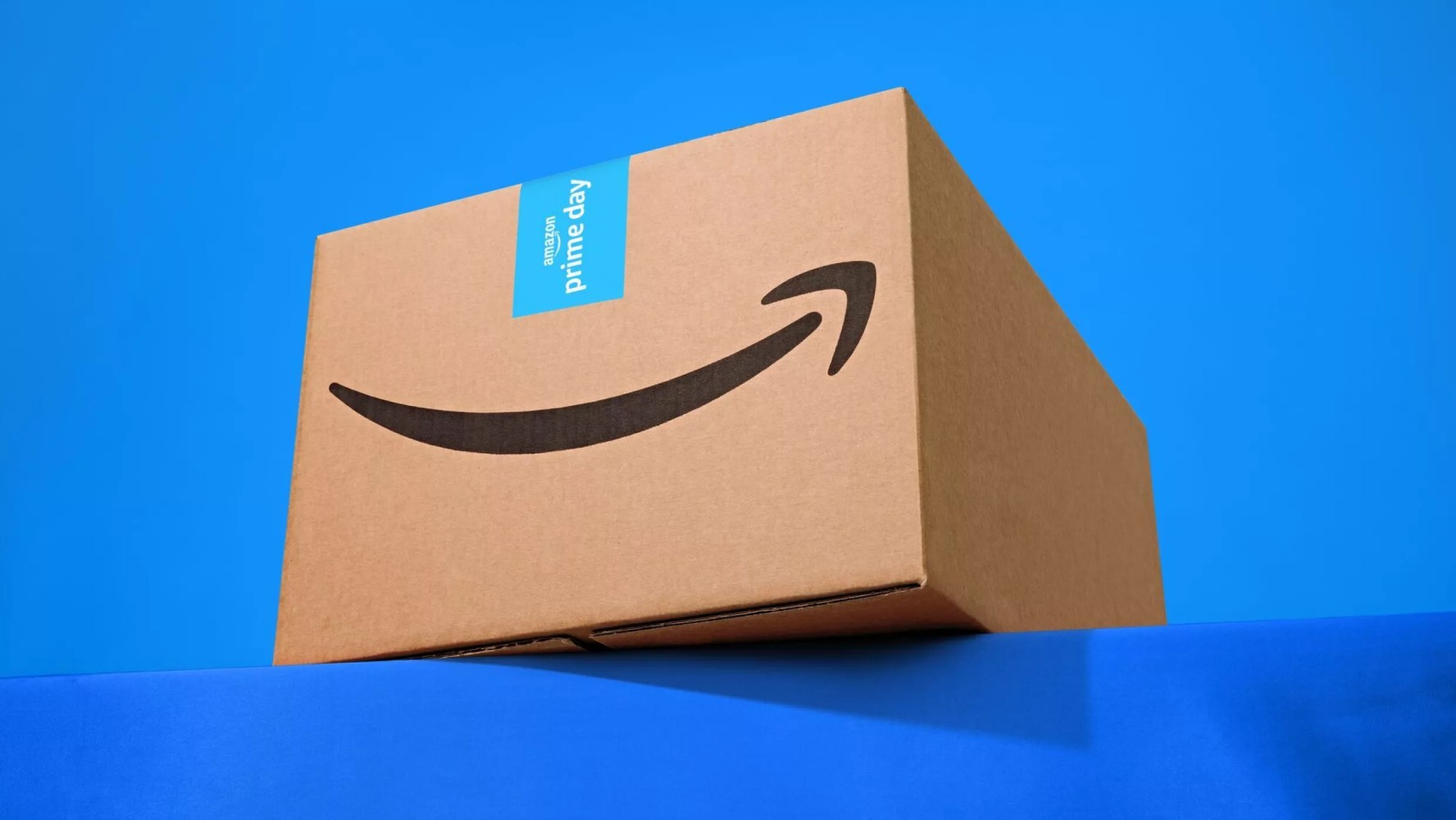

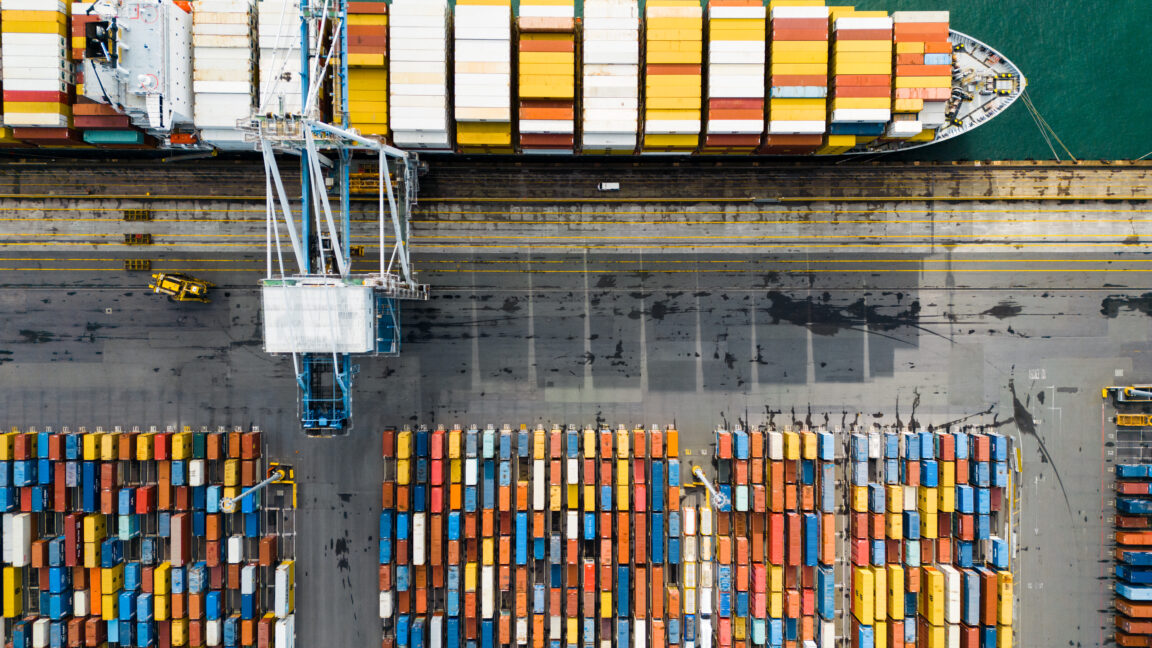



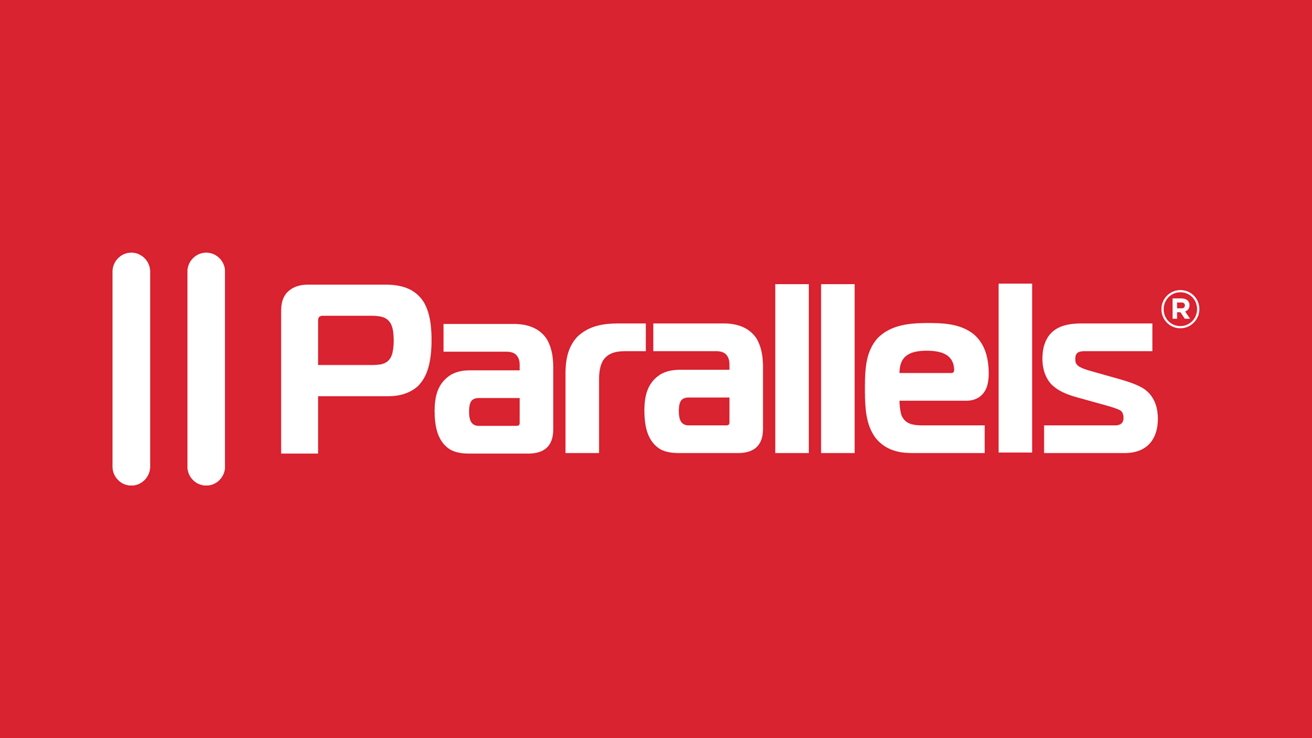
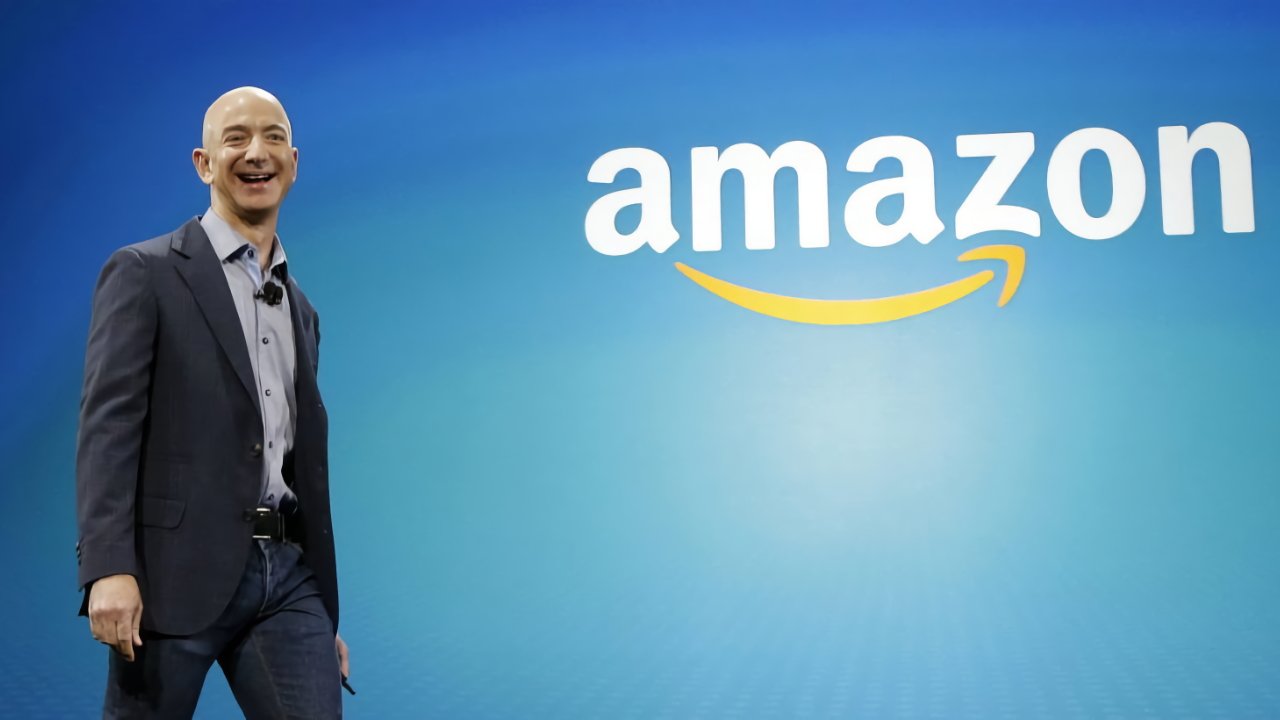



























![Standalone Meta AI App Released for iPhone [Download]](https://www.iclarified.com/images/news/97157/97157/97157-640.jpg)

![AirPods Pro 2 With USB-C Back On Sale for Just $169! [Deal]](https://www.iclarified.com/images/news/96315/96315/96315-640.jpg)
![Apple Releases iOS 18.5 Beta 4 and iPadOS 18.5 Beta 4 [Download]](https://www.iclarified.com/images/news/97145/97145/97145-640.jpg)
















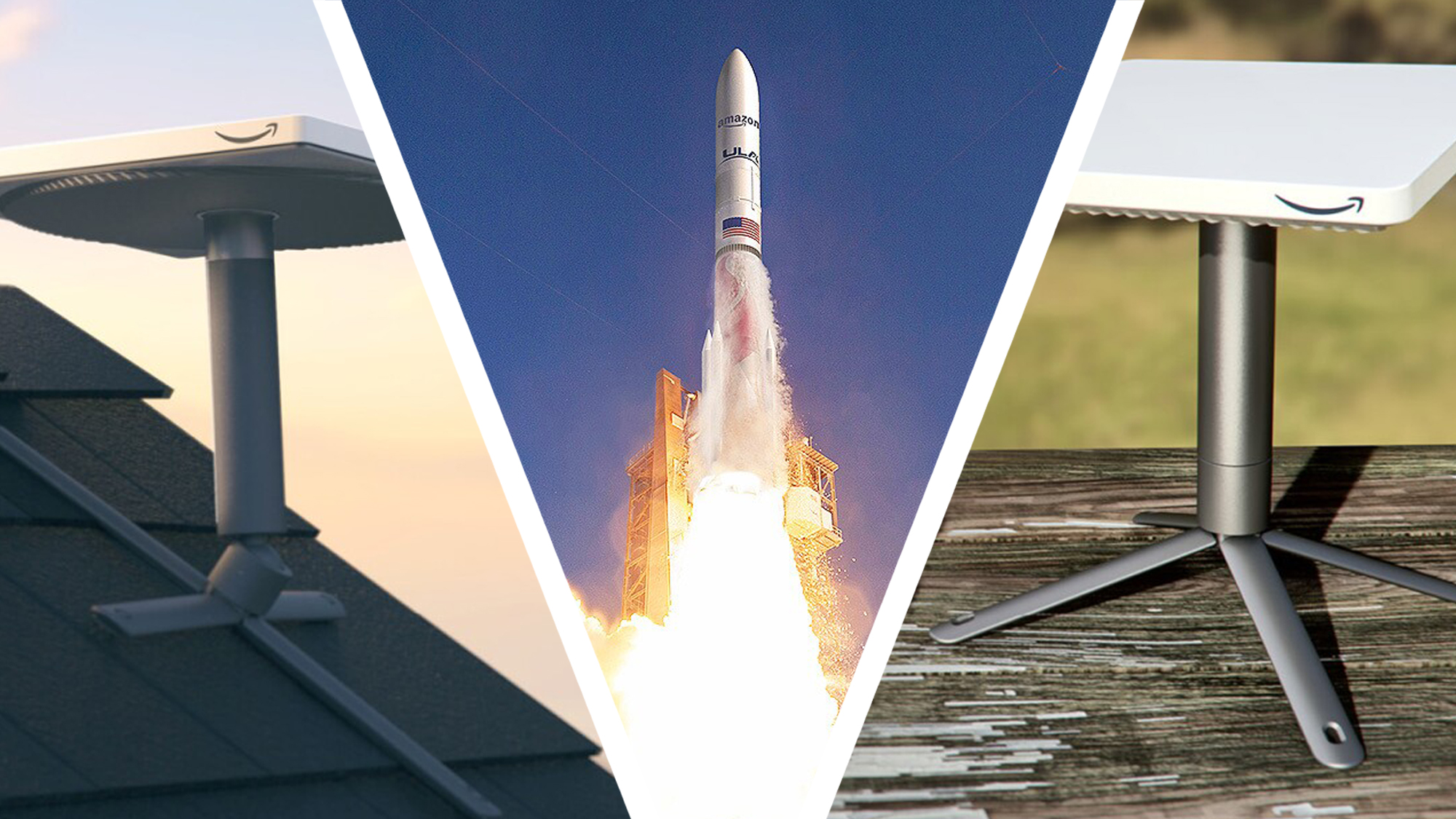






























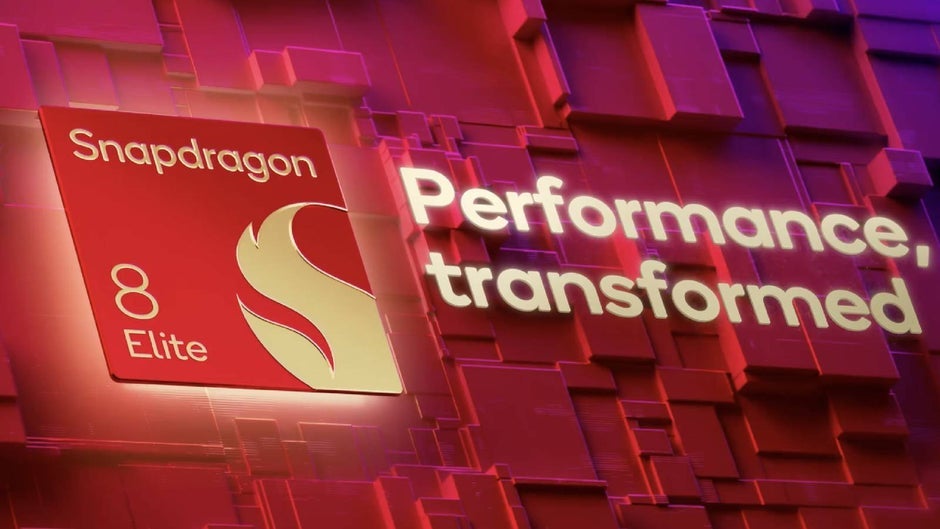















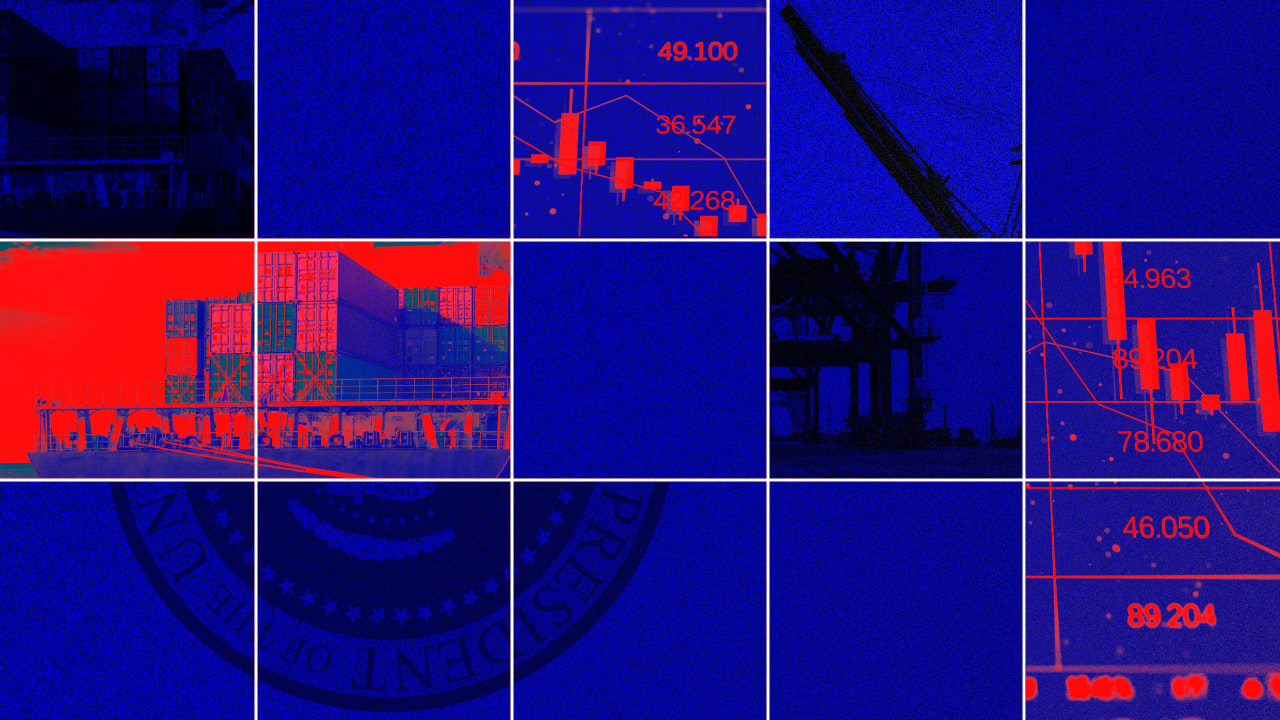









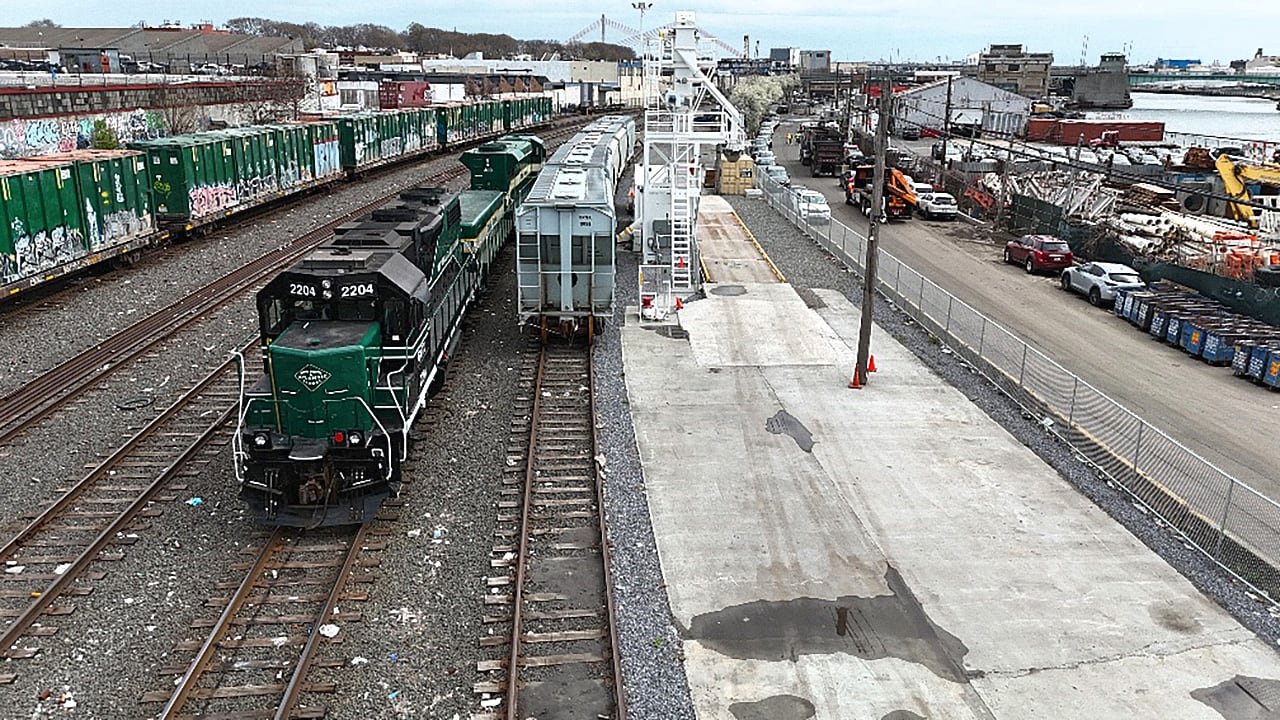





















![10 Best Document Translation Software Features [2025]](https://media2.dev.to/dynamic/image/width=800%2Cheight=%2Cfit=scale-down%2Cgravity=auto%2Cformat=auto/https%3A%2F%2Fdev-to-uploads.s3.amazonaws.com%2Fuploads%2Farticles%2Fvdrkskodd0iu609gmnhr.png)

